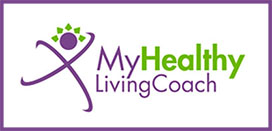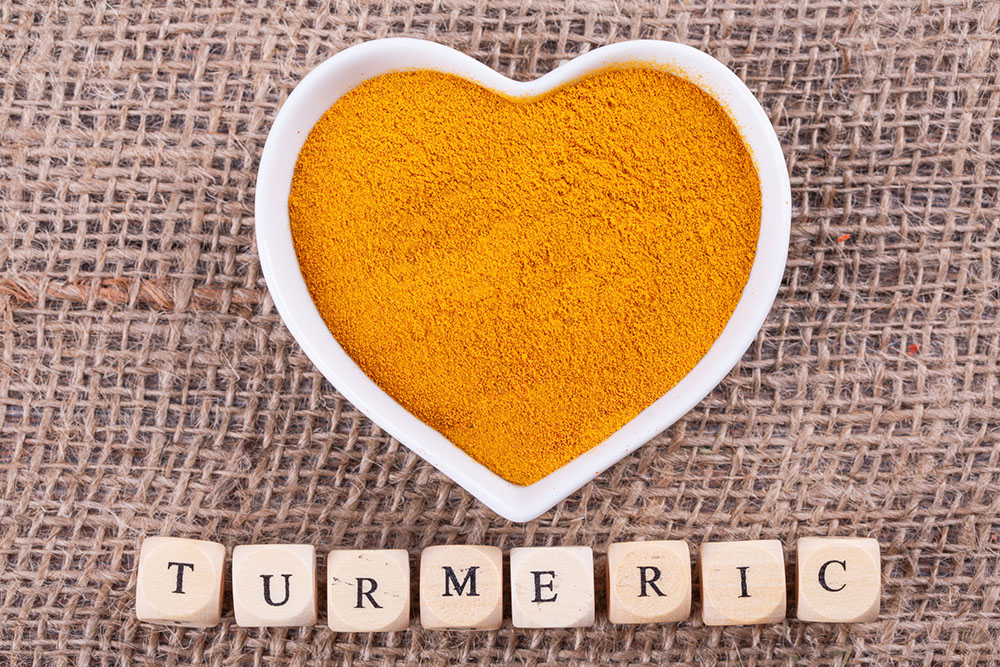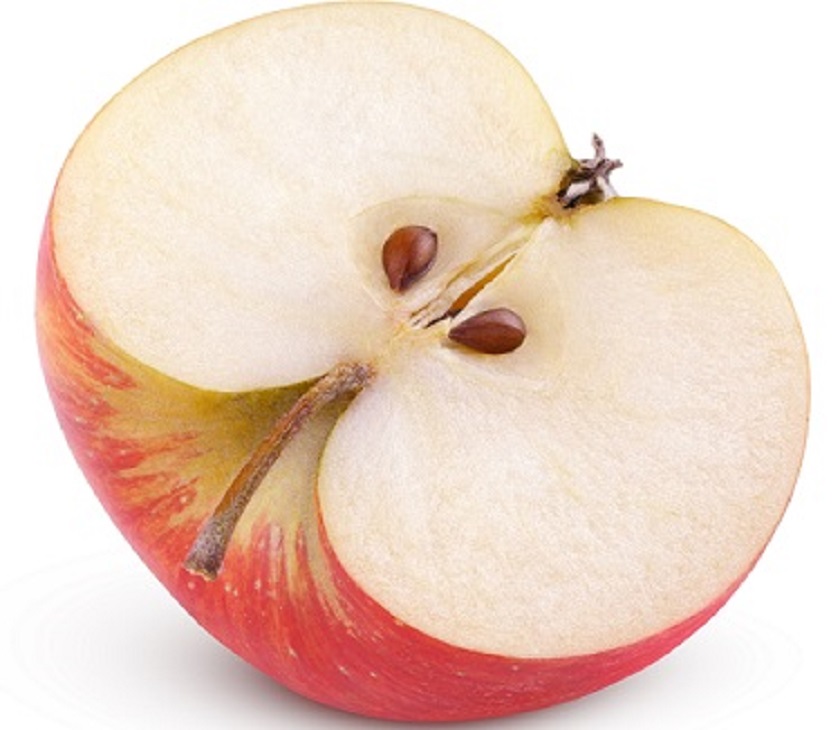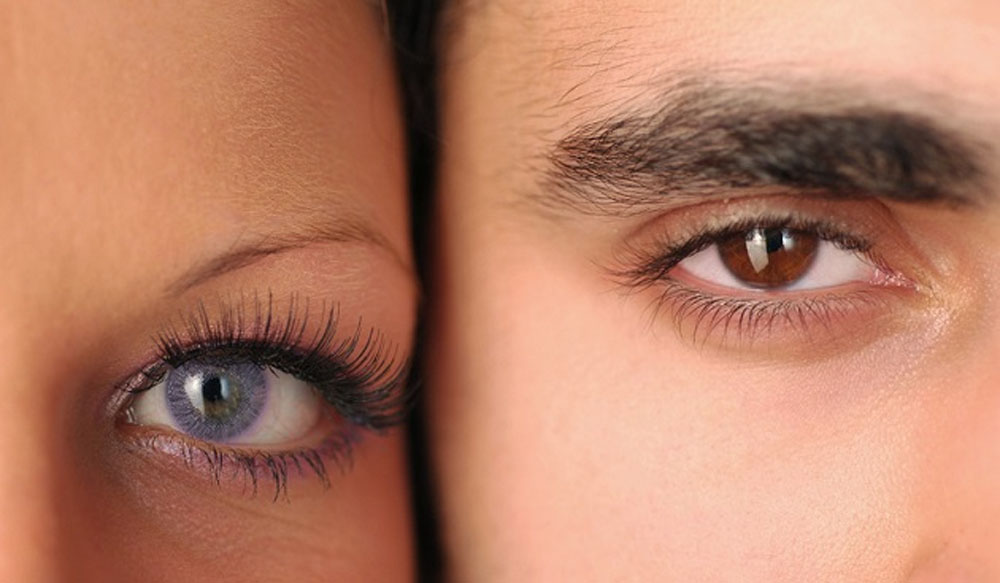Pot, cannabis, dope, hashish, ganja, weed, doobie, bhang, kif, wacky baccy, mary jane, dagga, marijuana or whatever else you want to call it has been around for millennia, about 12,000 years to be more exact. In fact, it is one of the oldest cultivated crops on the planet. Why? Because its medicinal, silly.
All of the ancient texts that reference cannabis do so in the past tense, suggesting that it was around long before recorded history. It was used therapeutically as far back as 2900 BC in China for its yin and yang properties and by 1 AD the Chinese listed it in a drug compendium as a remedy for over 100 medical conditions. The Egyptians had cannabis prescriptions for glaucoma and inflammation and included it in enemas. The ancient Greeks also recommended it for inflammation, as well as earache and edema.
Until not so long ago, marijuana was legal, widely used and accepted all over the world. It entered the US Pharmacopeia in 1850 under the name Extractum Cannabis and remained there until 1942. Barney Warf, a geography professor at Kansas University and author of High points: An historical geography of cannabis, calls the plants present illegal status an historical anomaly. He says: The idea that this is an evil drug is a very recent construction.
The jokes on him
According to the US Government, marijuana has no medicinal value, no safe level of use and is highly addictive, which is why it is classified as a schedule 1 drug, like LSD and heroin. Chuck Rosenberg, acting head of the DEA (Drug Enforcement Administration) thinks the concept of medical marijuana is a joke. The joke, it seems, is on him, for several reasons.
One: the US Government (or more specifically, the DEA) owns patent #6630507 for using cannabinoids as antioxidants and neuro-protectants. This does not mean they have patented the plant because of course they cant do that, what it means is they have patented the use of cannabinoids.
The abstract begins with: Cannabinoids have been found to have antioxidant properties, unrelated to NMDA receptor antagonism. This new found property makes cannabinoids useful in the treatment and prophylaxis of wide variety of oxidation associated diseases, such as ischemic, age-related, inflammatory and autoimmune diseases. The cannabinoids are found to have particular application as neuroprotectants, for example in limiting neurological damage following ischemic insults, such as stroke and trauma, or in the treatment of neurodegenerative diseases, such as Alzheimers disease, Parkinsons disease and HIV dementia. Nonpsychoactive cannabinoids, such as cannabidoil, are particularly advantageous to use because they avoid toxicity that is encountered with psychoactive cannabinoids at high doses.
Other gems include: Given the excellent absorption of the compounds of the present invention via an inhaled route, the compounds may also be administered as inhalants. Why cant we just smoke it and be done with it?
Heres another one: Embodiments of the invention comprising pharmaceutical compositions can be prepared with conventional pharmaceutically acceptable carriers, adjuvants and counterions as would be known to those of skill in the art. I am sure that pretty much comes down to the art of rolling a doobie, without all the med-speak to confuse the issue. So much for no medicinal value.
Two: the US Government grows cannabis at the federal research garden at the University of Mississippi. The plants are then sent to the Triangle Institute in Research Triangle Park in North Carolina for processing. Why, one wonders, bother researching something that has no medicinal value?
Three: since 1978, the United States Department of Health and Human Services, through the Compassionate Investigational New Drug (IND) program, has sent marijuana to a few individual patients every month for medicinal purposes. The stuff arrives in a tin of 300 odd very neatly rolled joints! The program closed its doors to new applicants in 1991. The handful of people who made it into the program for chronic diseases like glaucoma, AIDS and MS had previously exhausted every conventional drug or therapy and some had to take legal action to be included.
One of these was Elvy Musikka, who wrote in a letter to President Clinton in 1997: By 1991, I am aware of at least 50 patients who through extensive medical records, reputable doctors, and sometimes through courts such as in my case were able to convince all three drug-related agencies, FDA, DEA, and NIDA, that for us, marijuana isnt just medicine, it is the most efficient, reliable and safest part of our treatment and sometimes it is our only treatment.
Four: anybody in the US besides the government wanting to do research on cannabis has had to jump through an extraordinary amount of bureaucratic hoops in order to do so, from 1999 up until the middle of 2015. The hoops were called The Public Health Service review process and were required only for cannabis. If you wanted to study cocaine or heroin, no problem, you could just skip this step.
The US government has systematically impeded marijuana efficacy research, and the PHS review has played a large role in that stonewalling, said Dr. Sue Sisley. It was a shameful tactic used by opponents of marijuana research who never wanted the public to see objective data about the efficacy of marijuana.
Dr. Sisley and research partner, Dr. Doblin, have been trying since 2009 to do a major study on cannabis and post-traumatic stress disorder. They have approval from the Department of Health and Human Services and a $2 million grant from the state of Colorado, but no cannabis. The only legal place to get the plant for FDA-regulated research is from a DEA-licensed marijuana supplier, which is currently the National Institute on Drug Abuse (NIDA). NIDA isnt playing ball and the DEA wont issue any more licenses to grow the stuff, even for research purposes. Do you smell something fishy?
Five: twenty years ago, in the mid 1990s, an Israeli researcher made the monumental discovery of the endocannabinoid (EC) system, present in humans and all other vertebrates. Not many people got too excited at the time because cannabis had been so successfully maligned but it turns out to be rather significant. This system regulates important physiological functions across the body, from the gastrointestinal tract to the microcirculation, central nervous, autonomic nervous, immune, reproductive and endocrine systems, and it has receptors designed to only accommodate cannabinoids.
We make our own endogenous cannabinoids, called endocannabinoids, but so far 66 of them have also been identified in cannabis. The two most important are tetrahydrocannabinol (THC) and cannabidiol (CBD). In other words, these receptors found scattered throughout our brains, immune cells, connective tissues, glands and organs have evolved to be the perfect match for cannabis. Dr. Yankel Gabet of the Bone Research Laboratory at Tel Aviv University says: We only respond to cannabis because we are built with intrinsic compounds and receptors that can also be activated by compounds in the cannabis plant.
Dont fix it if it aint broke
Besides the cannabinoids, the cannabis plant contains a wealth of other compounds some 500 that we know of like cannabigerols, cannabichromenes, nitrogenous compounds, amino acids, terpenes, ketones, esters, lactones, alcohols, fatty acids and sterols. True to form, pharmaceutical companies have been busy trying to improve on Mother Nature by isolating a few of these compounds.
The drug Marinol is one example. Sold as a man-made form of cannabis, it is nothing of the sort. It is merely a synthetic version of delta-9-THC, just one of the many components of cannabis, and it doesnt equate to the real thing, not even close. It provides limited relief compared to cannabis and it is expensive. Marinol is also more psychoactive than cannabis because of the oral route of delivery and because it lacks the moderating effect of CBD. These effects are not pleasant either, including drowsiness, dizziness, confusion, anxiety, changes in mood, muddled thinking, perceptual difficulties, coordination impairment, irritability, and depression. The drug is approved by the government and the FDA but the plant is illegal. The mind boggles.
So the US government has a patent on the use of non-psychoactive cannabinoids, sanctions a psychoactive analogue of a cannabinoid, blocks research into the plant and demonizes its use among citizens. Can you say hypocrisy? Sounds like they have it all wrapped up, except that cannabis use just wont die, because it works. Dr. Gabet says: The clinical potential of cannabinoid-related compounds is simply undeniable at this point.
What is becoming ever more clear is that the synergistic effect of natural cannabis, called the entourage effect, is more important than the separate elements. Good evidence shows that secondary compounds in cannabis may enhance beneficial effects of THC. Other cannabinoid and non-cannabinoid compounds in herbal cannabis may reduce THC-induced anxiety, cholinergic deficits, and immunosuppression. Cannabis terpenoids and flavonoids may also increase cerebral blood flow, enhance cortical activity, kill respiratory pathogens, and provide anti-inflammatory activity.
Slicing and dicing the herb into its constituent parts doesnt cut it, you need the genuine article.
So whats it good for?
Cannabis seems to be good for just about whatever ails you. The endocannabinoid system has one goal homeostasis. Using natural cannabis to augment this system would therefore impact any dis-ease, or imbalance in the body. From insomnia to arthritis, chronic back pain, COPD, nausea, major depression, IBS, Crohns, bone fractures, cancer, migraine, Alzheimers, Parkinsons, seizures, epilepsy, OCD, PMS, peripheral neuropathy, sinusitis, sleep apnea, cystic fibrosis and many, many more debilitating and chronic conditions, cannabis has helped.
The United Patients Group, a resource for medical marijuana says: Whether you smoke it, eat it, vaporize it, or ingest it as an oil, the medicinal cannabis you put in your body contains many chemicals that work together to make you feel better.








